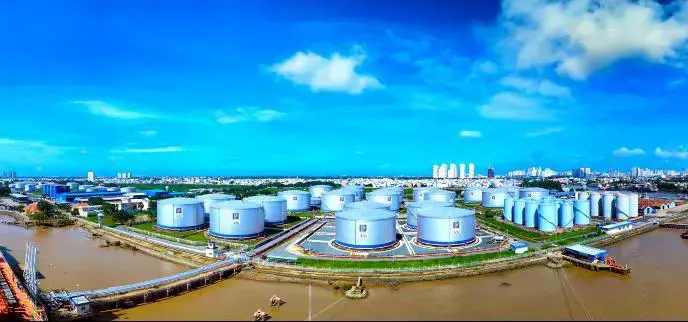
Throughout its 50-year journey of establishment and development (August 22, 1975 – August 22, 2025), accompanying the national energy flow, alongside its pivotal role as the primary terminal for receiving, storing, blending, and distributing petroleum products to the Southern region, Nha Be Petroleum Terminal has always regarded environmental protection as a core mission, intrinsically tied to its sustainable development strategy.
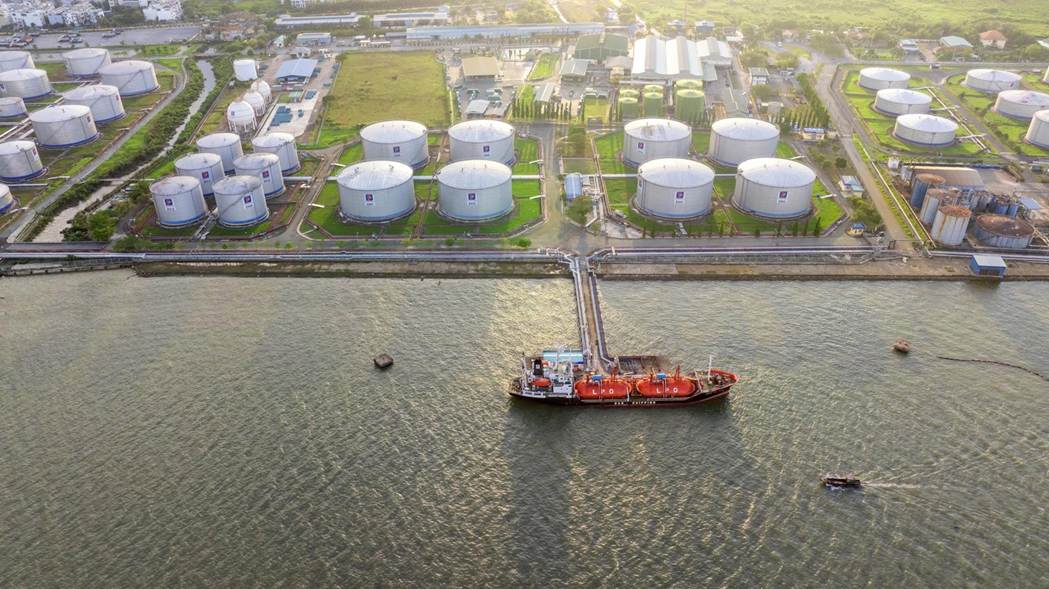
Formation Stage (1975 – 1985): Laying the Foundation for Environmental Awareness
Following national reunification, the Terminal took over the infrastructure of the three companies Esso, Shell, and Caltex to restore operations. At that time, facilities were limited, and environmental treatment and monitoring technologies were lacking. Recognizing that petroleum is the lifeline of the nation but simultaneously a potential environmental hazard—where oil spills could occur at any time, harming both terrestrial and aquatic ecosystems and causing severe impacts—Nha Be Petroleum Terminal leadership quickly understood that protecting the environment was inseparable from ensuring operational safety.
Practical measures included constructing protective fences around the Terminal, rationally arranging tank farms, separating receiving and loading areas from residential communities, and strictly controlling petroleum import–export–inventory processes. Leak control measures and regular inspections were enhanced to proactively prevent oil spills. This cultivated a “culture of safe and clean operations,” which became a guiding principle for every employee—preserved and promoted to this very day.

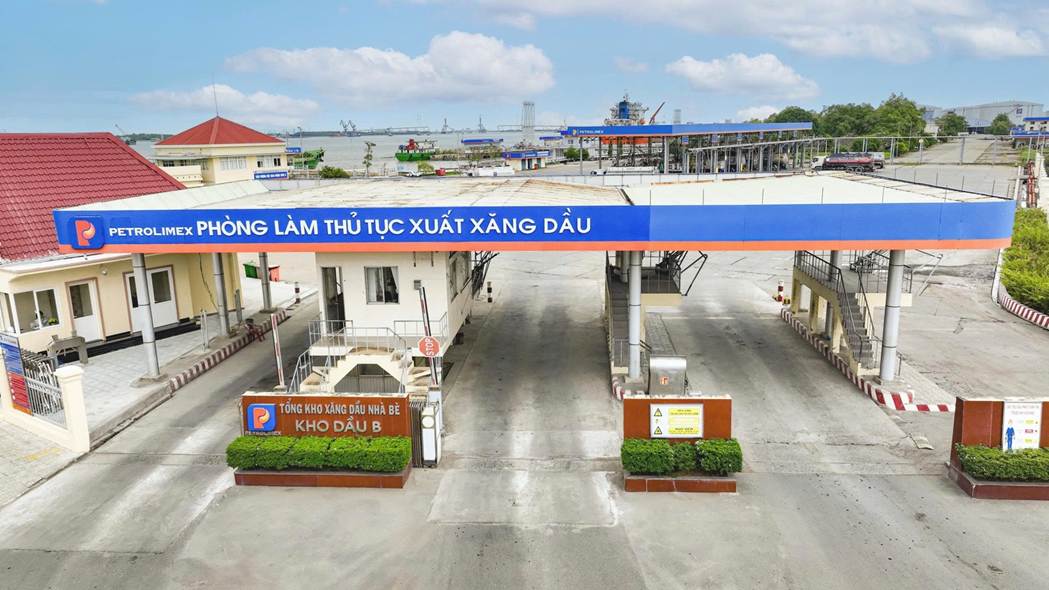
Consolidation and Improvement Stage (1986 – 2000): Embracing Modern Technology
The era of economic reform opened doors for international cooperation. Nha Be Petroleum Terminal gradually adopted advanced technologies: implementing the first-generation Vapor Recovery Unit (VRU), reducing evaporative petroleum emissions into the atmosphere; and establishing an industrial wastewater treatment system meeting standards before discharge into the Nha Be River.
The Terminal also pioneered the invention and application of a closed-drainage system. Specifically, after each petroleum import operation and tank storage cycle, bottom water had to be drained. Through the closed system, Nha Be Petroleum Terminal minimized the amount of oily wastewater discharged into the collection and treatment system, while maximizing oil recovery for reuse.
Greenbelt expansion and environmental buffer zones were established around tanks and jetties. Training programs were conducted for personnel on oil spill response and fire prevention, integrated with environmental protection awareness.
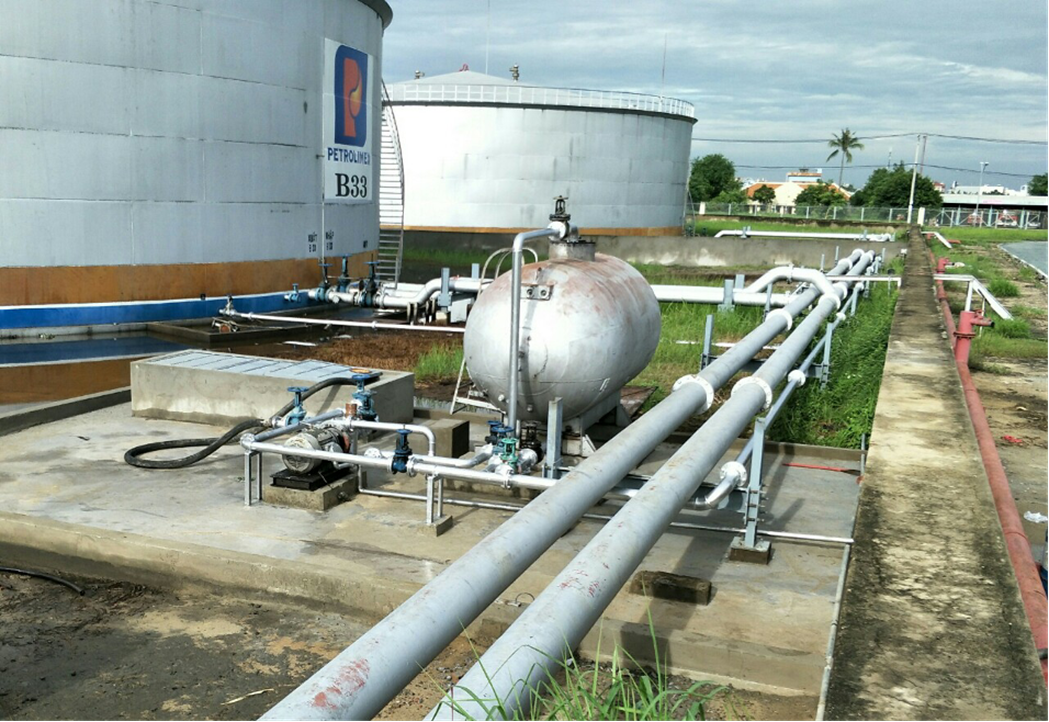
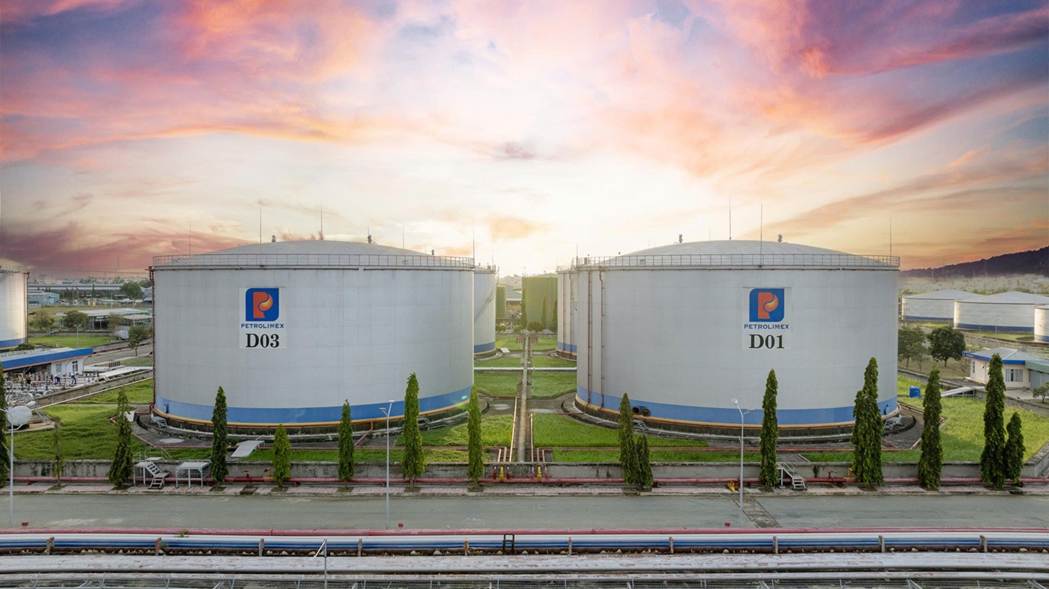
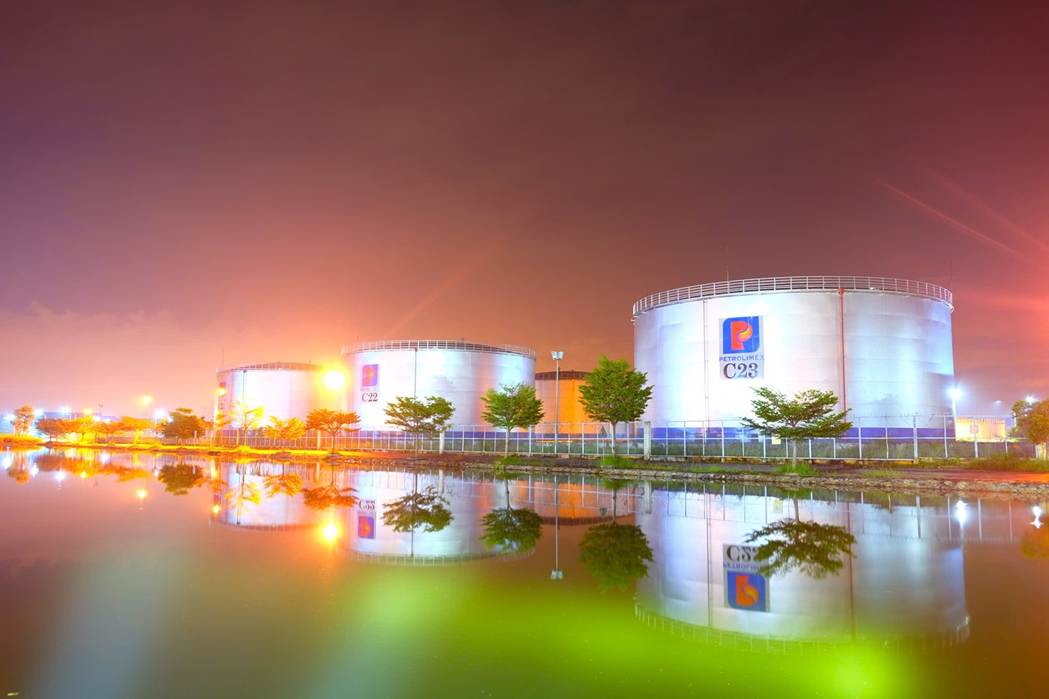
Standardization and Integration Stage (2001 – 2015): Meeting International Standards
Entering the 21st century, Nha Be Petroleum Terminalmade a strong shift in environmental management by implementing international standards: ISO 14001 on Environmental Management Systems, integrated with ISO 9001 on Quality Management and OHSAS 18001 on Occupational Health and Safety.
The VRU system was upgraded to second generation, achieving a vapor recovery efficiency of over 95%. Double-walled storage tanks were invested in to prevent leaks into soil and groundwater.
The Terminal worked closely with local authorities and specialized agencies in oil spill response on the Nha Be River, participated in periodic water quality monitoring programs, and provided equipment and training for local environmental protection forces. Nha Be Petroleum Terminal also expanded international cooperation in environmental incident response training with ports and petroleum enterprises across ASEAN.
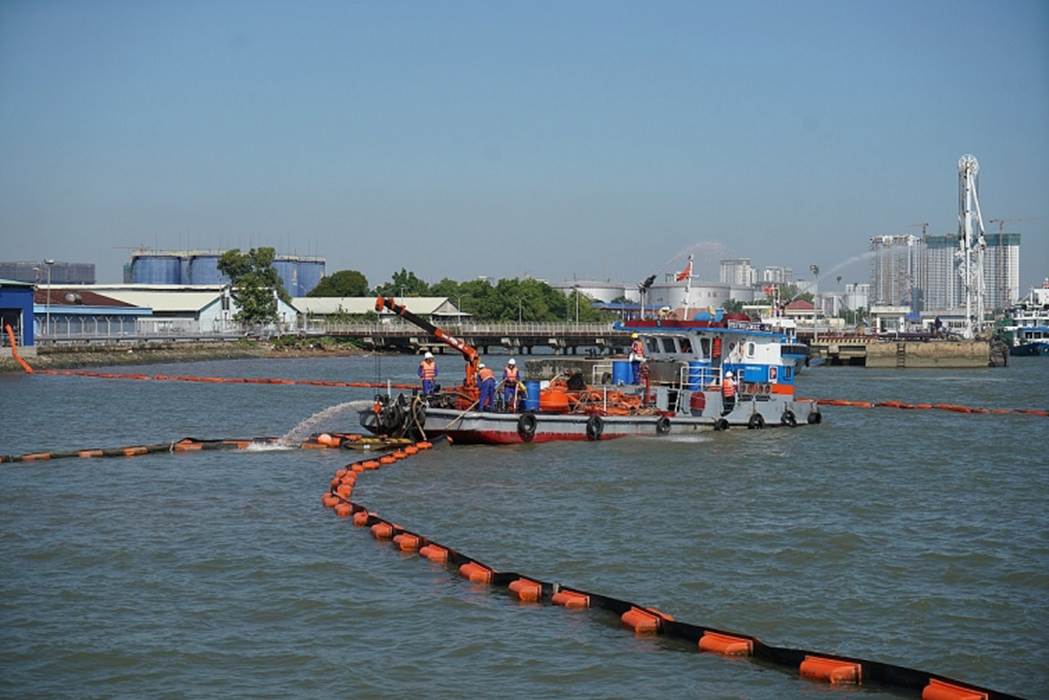
Digital Transformation and Green Transition Stage (2015 – 2025): Moving Toward Sustainability
Amid climate change and global emission reduction requirements, Nha Be Petroleum Terminal defined its development strategy as “Greenification – Digitalization – Automation”: deploying the newest VRU technology to minimize VOC (Volatile Organic Compounds) emissions.
A centralized wastewater treatment system with advanced Singaporean technology was put into operation, fully automated, and consistently meeting the QCVN 40:2011/BTNMT national standard. Additional flocculation–coagulation treatment was installed in 2024 at Plant D to enhance discharge quality. Solid waste was sorted at source and processed in accordance with legal regulations. IoT sensors were installed at critical points to detect leaks and provide early environmental incident warnings. Environmental records were digitized and connected online with regulators, ensuring transparency and efficiency in periodic reporting.

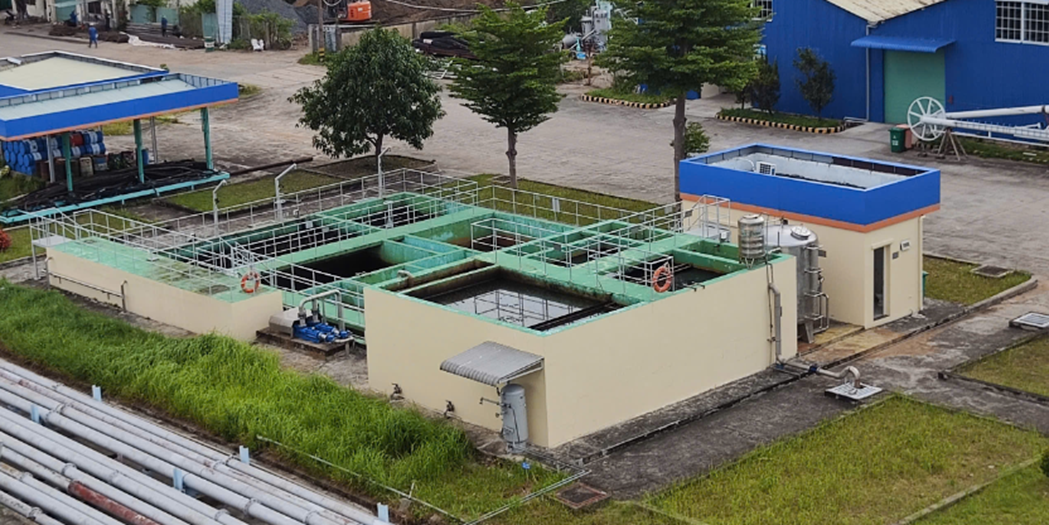

In 2018, the Terminal launched the model “Green – Clean – Safe Petroleum Depot”, expanding green spaces, improving landscapes, and introducing innovative ecological measures. For example, wild weeds around tanks were replaced with Bidens pilosa (“Spanish Needle”), a resilient ground cover plant 10–20 cm tall. This species suppresses weeds, lowers tank surface temperatures in hot weather, avoids obstructing pipeline visibility, reduces evaporation losses, enhances aesthetics, and saves annual weed treatment costs.
Beyond technical infrastructure, Nha Be Petroleum Terminal cultivated an environmental culture across its workforce. Initiatives such as “Green Sundays”, “Waste-Free Terminal”, and “Clean Pipelines” became routine practices. The facility grounds are consistently covered with trees and lawns, harmonizing industrial operations with nature.
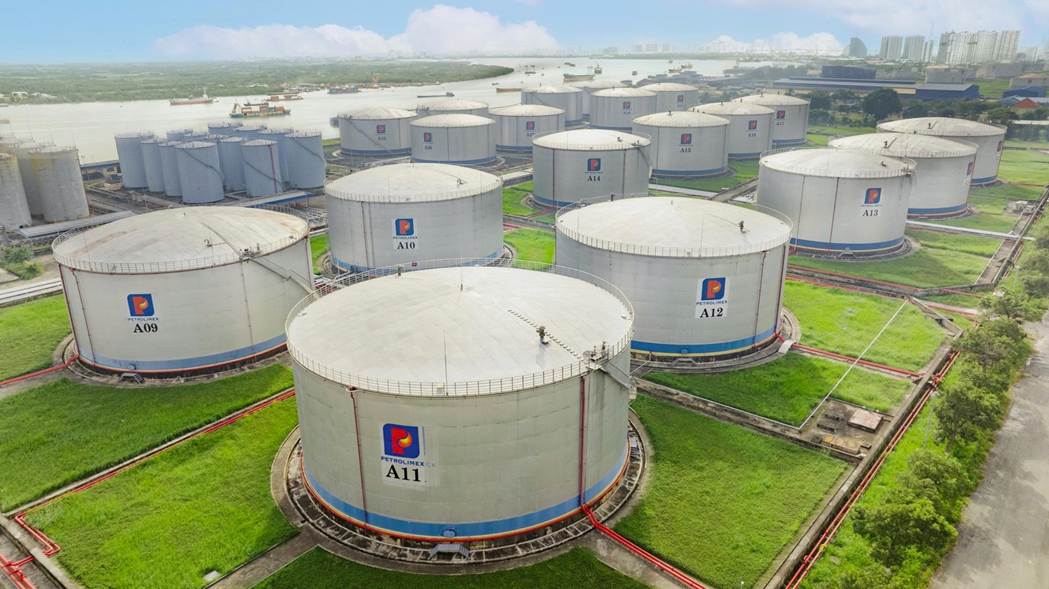

Outstanding Achievements
- Zero major environmental incidents for many years;
- Over 90% reduction in petroleum vapor emissions compared to pre-VRU times;
- 100% of industrial and domestic wastewater treated to standards before discharge;
- Recipient of the Ho Chi Minh City Environmental Award and Certificate of Merit from the Ministry of Industry and Trade for outstanding performance;
- 100% of staff trained in environmental protection and incident response;
- Fully equipped and ready 24/7 for oil spill emergency response;
- Thousands of trees planted, improving landscapes and local microclimates.

Future Orientation
By 2030, Nha Be Petroleum Terminal aims to:
- Continue investing in green, clean, and smart energy technologies;
- Achieve carbon neutrality in operations;
- Develop a “Green port” project and progress toward an “Ecological Petroleum Terminal”;
- Further advance digital transformation in environmental risk management and incident alerts;
- Expand international cooperation in training and environmental technology.
For 50 years, unwavering in its commitment to sustainable development, Nha Be Petroleum Terminal has not only affirmed its position in the energy sector but also demonstrated a clear pledge to protect the environment for communities and future generations.
Environmental stewardship is not merely a legal obligation, but a core value—interwoven with the safety, reputation, and public image of Petrolimex. The collective workforce of the Terminal will continue to preserve and promote this “green mission,” ensuring sustainable development for the next journey—“to go further.”
